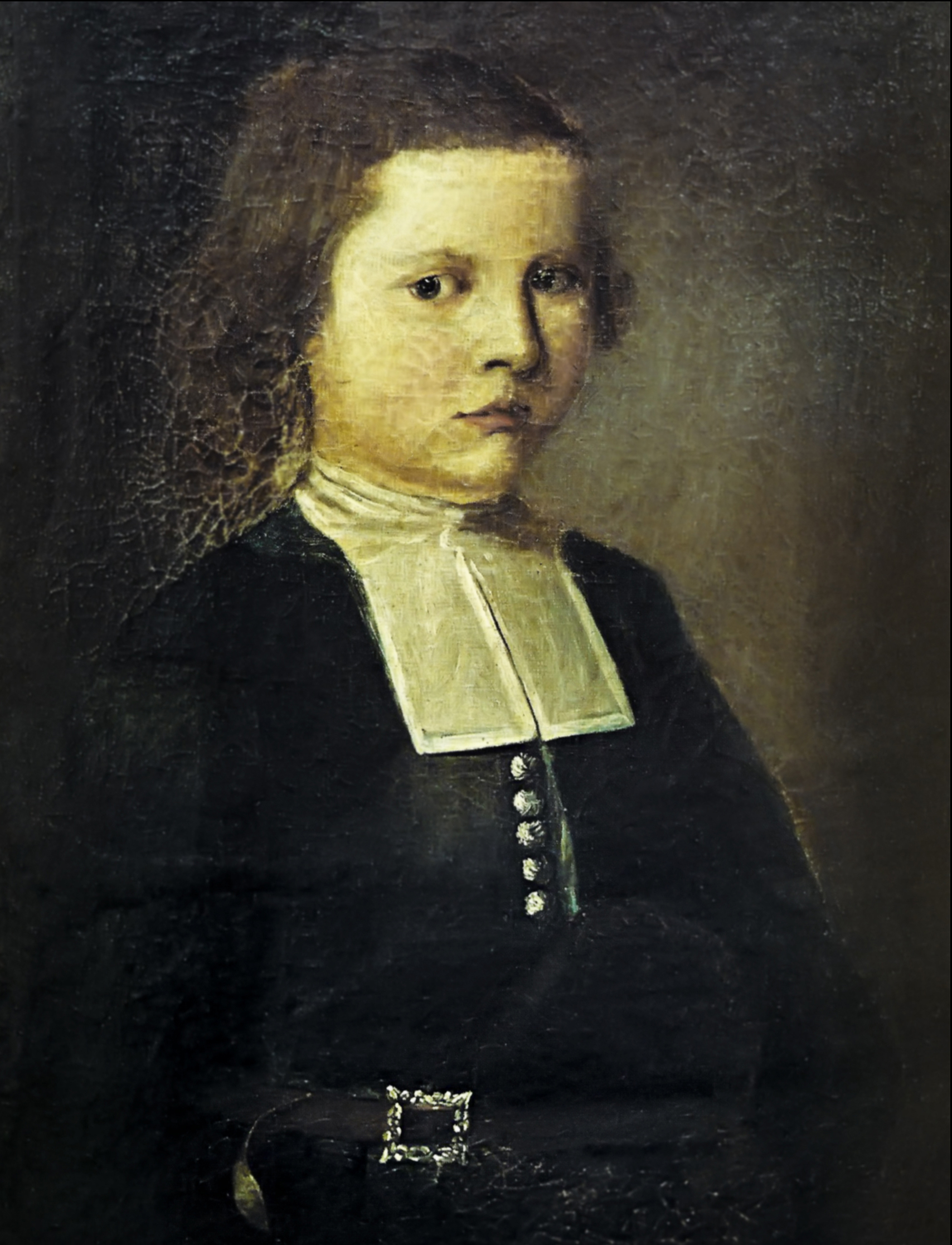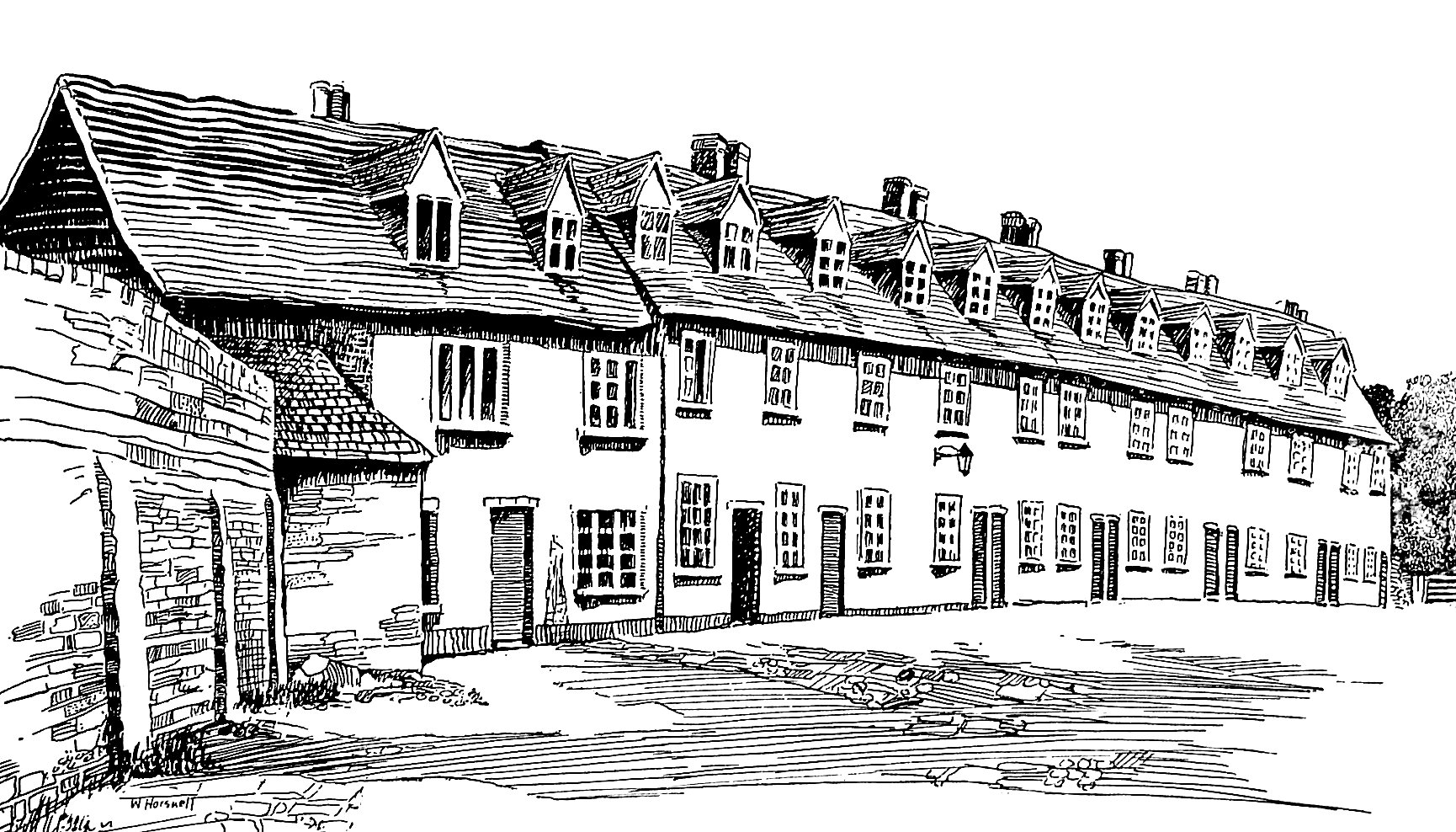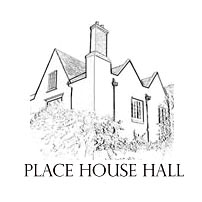
Portrait of a Christ’s Hospital boy c1720 oil
on canvas From the collection of
Christ’s Hospital Foundation
In 1685, Place House became a school for young Christ’s Hospital children which had been founded by King Edward VI. Place House and its surrounding outbuildings became a home and place of learning for many young boys. The Bluecoats (called this because of their distinctive uniform) became a familiar site around Ware for many years.
In 1552 – 53 the young King Edward VI founded Christ’s Hospital in London to take out of the streets all fatherless children and other poor men’s children that were not able to keep them and to bring them to …a hospital… where they should have meat, drink, and cloths, lodging and learning and officers to attend upon them’
Children under the age of ten were classed as too young to go to Christ’s Hospital in London and were sent to live in the countryside. Many were sent to Ware, Hoddesdon, and Hertford to be looked after by foster nurses who were paid a weekly allowance.
By 1665, there were 32 children (mostly boys) living in foster homes in Ware. Responding to this demand, the Governors of Christ’s hospital rented the aisled hall at Place House from William Collett and created a schoolroom for these children.
Christ’s Hospital in Ware
By 1685, Christ’s Hospital had purchased Place House and all of the outbuildings and grounds which included the old manor house, a garden, orchard, yard, cellars, parlours, butteries, a pantry, kitchens, bakehouse, a wood store and stables.
The east wing became the Schoolmaster’s House for Mr Samuel Hathaway, his wife and two sons. His son George took over as Schoolmaster in 1730
A row of ten cottages was built for the nurses and children. Each cottage housed ten to twelve boys and their nurse. Nurses received an income of two shillings and four pence a week. Some nurses took advantage of their situation, for example a Nurse Mary Johnson was charged with drunkenness and swearing and not caring for her foster children properly.
School Days
Children were provided with a uniform of dark blue long coat of kersey (coarse woollen cloth) with a yellow ling of Welsh cotton. This gave the school its alternative name Bluecoat
Children were tutored in reading and writing and later in Latin. They were allowed to play in the yard and school grounds. They were also permitted to venture out into town, as long as they wore their bluecoats and were well behaved. For religious occasions, the children attended St Mary’s Church, and a special gallery in the church was built for them in 1687 (this was later removed)
In 1761, the Governors closed Christ’s Hospital at Place House and moved all the children to the Bluecoat School at Hertford which had room for 300 children.
The Governors continued to own Place House but little is known of its use until 1841 when it was recorded that a schoolmistress and her sister were living there and providing schooling for girls in writing, arithmetic, history, geography, French music and dancing.
In 1894 Place House was sold, ending the 230-year presence of Christ’s Hospital in Ware

The former foster-nurse houses at Place House, Bluecoat Yard by Walter Horsnell 1925 (reproduced from WH Lee 1934)
For further information on the history of Christ's Hospital School please visit:




